Last month I shared a few pages from my yearly personal planner with you all, and I would love to share more this month too. If you want to have a central place to keep track of your goings-on in March, feel free to share and download the March planning pages below.
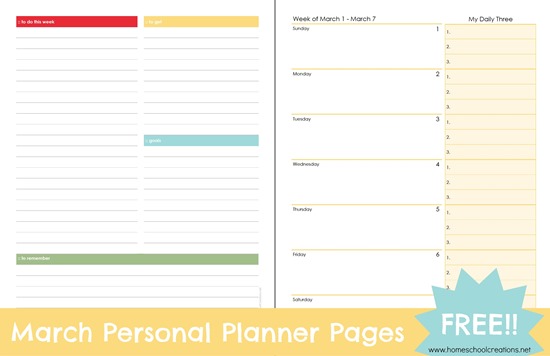
My personal planner has been such a huge help for me and a central place to keep all of our appointments, notes, to-do’s, and so on. I hope it will be a blessing to many of you as well!
How I’m Using My Daily Planner
If you’d like to take a look at how I’ve set up my yearly planner, I’ve explained it more in this post here, as well as given links to my favorite binder and colorful tabs (because pretty makes life fun too, right?).
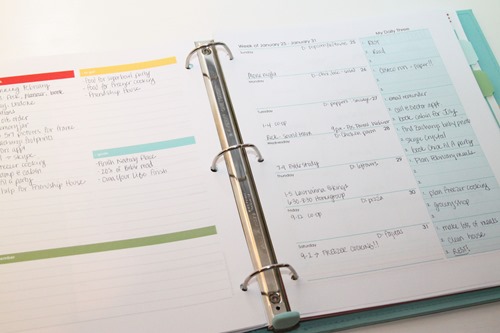
Download the March Personal Planner Pages
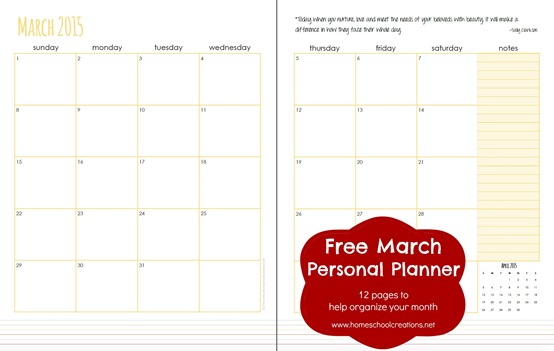
You can download the March 2016 Personal Planner Pages by clicking here. Each month I’ll be offering a free download for that month’s planning pages, so you can check back and download them as they become available.
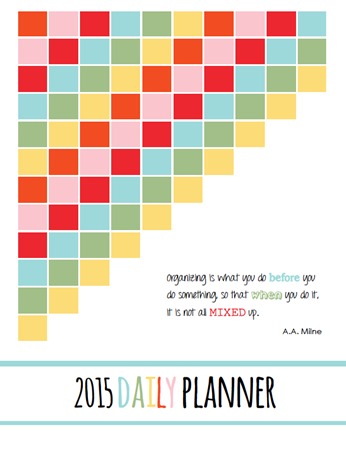

If you like the layout and want to start planning out the rest of your year now (and next year too), purchase the full 2015 Daily Planner for $3.99. The calendar runs from January 2015 thru June 2016. It includes 15 month-at-a-glance pages and dated weekly pages through June 2016.
Enjoy!
Sponsor Thanks
We really appreciate the following companies. Many of these have been long time sponsors of Homeschool Creations and we are SO thankful for them – be sure to stop by their sites and check them out!
Teach Them Diligently Conventions are now open for registration! Speakers for 2015 include James Dobson, Barbara Rainey, and many others. Locations include Nashville, TN; Atlanta, GA; Sandusky, OH; and Dallas, TX. Hope to see you at one of them!
Red Wagon Tutorials offers upper level science help for homeschool families worldwide. They specialize in downloadable, online live-feed, and online recorded science classes as well as digital e-Notebooks and Flash Drive presentations. Learn more about their 2014-2015 programs. Does your child have a need to fidget or chew?
Norm’s Farm features a line of farm-fresh elderberry products to help energize and support a healthy immune system. They are your one-stop shop for all things elderberry!
Apologia offers a Christian worldview curriculum that kids will love. Featuring engaging stories, creative notebooking, and fun activities, this four-part series is presented in a conversational style that makes the study of God’s Word exciting and memorable.
Pipsticks provides sticker club subscriptions for kids, teachers, crafters, gift givers and kids at heart. Subscribe or give our gift sticker packs today.


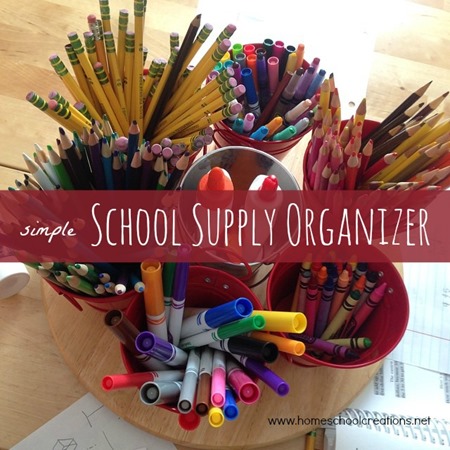
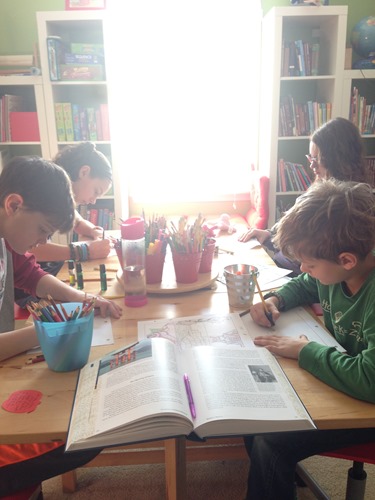

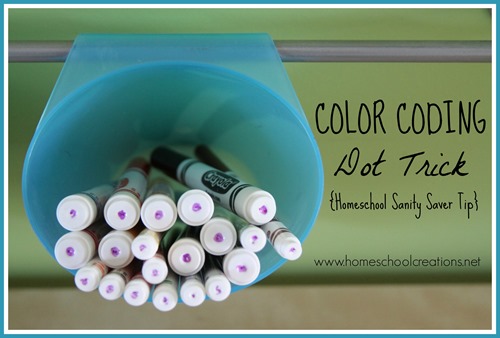
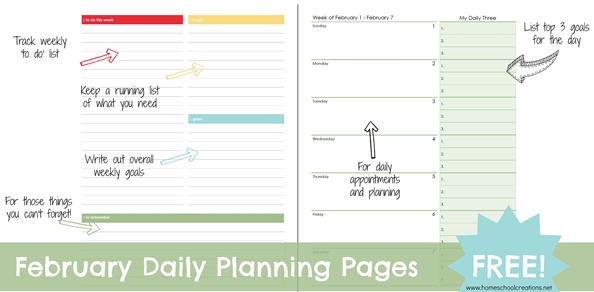
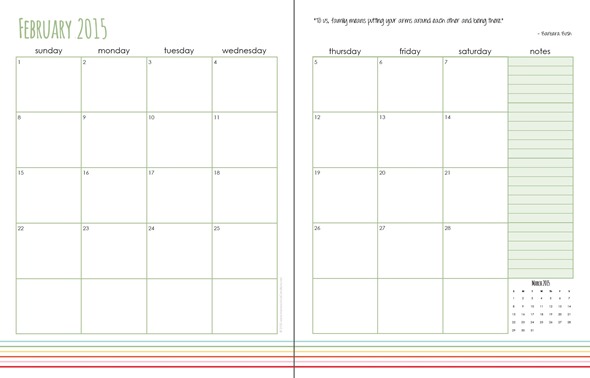
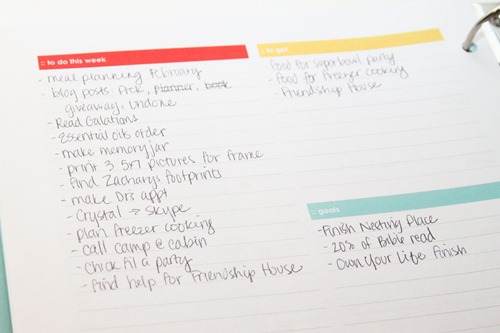
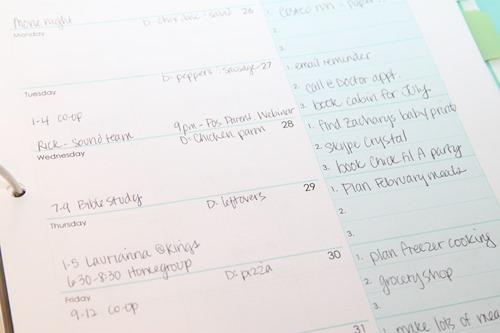
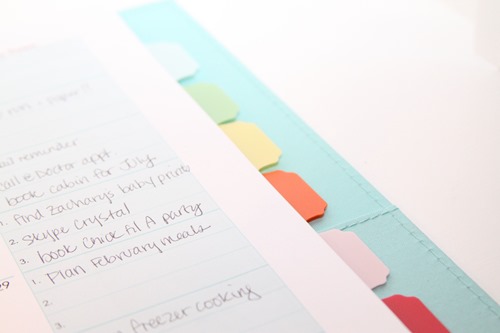
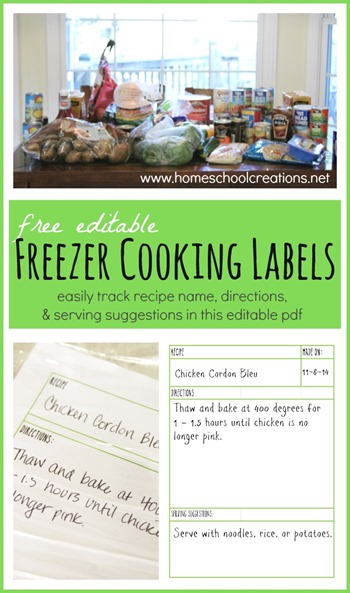

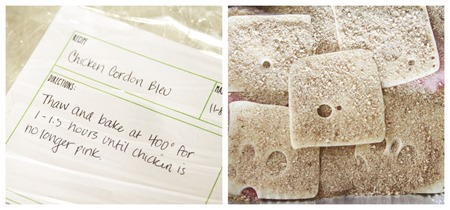

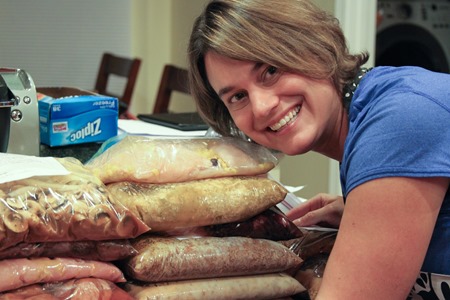
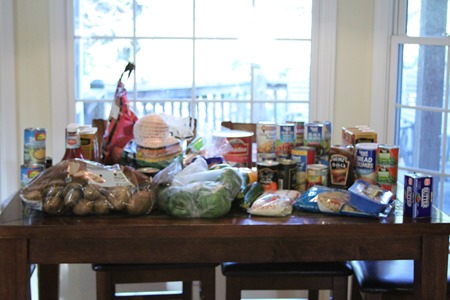
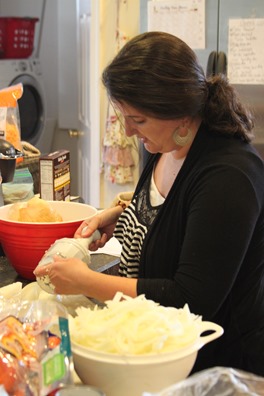
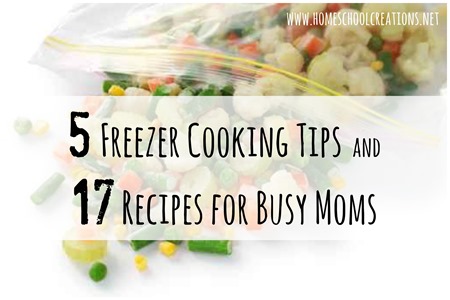


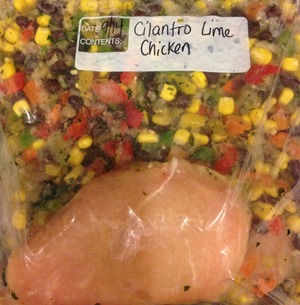


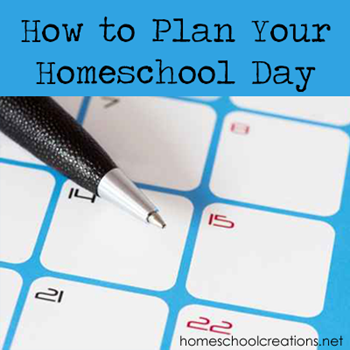

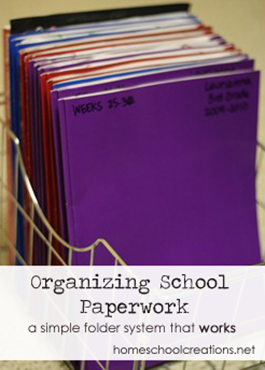
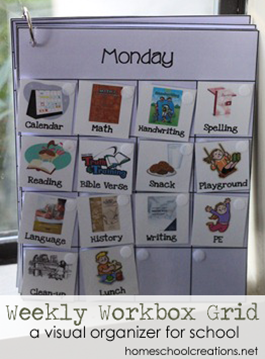

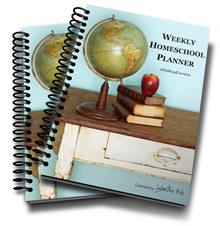






 The printables shared on this site are FREE of charge unless otherwise noted, and you are welcome to download them for your personal and/or classroom use only. However, free or purchased printables are NOT to be reproduced, hosted, sold, shared, or stored on any other website or electronic retrieval system (such as Scribd or Google docs). My printables are copyright protected and I appreciate your help in keeping them that way.
If you download and use some of my printables and then blog about them, please provide a link back to my blog and let me know - I'd love to see how you are using them! Please be sure to link to the blog post or web page and not directly to the file itself. Thank you!
The printables shared on this site are FREE of charge unless otherwise noted, and you are welcome to download them for your personal and/or classroom use only. However, free or purchased printables are NOT to be reproduced, hosted, sold, shared, or stored on any other website or electronic retrieval system (such as Scribd or Google docs). My printables are copyright protected and I appreciate your help in keeping them that way.
If you download and use some of my printables and then blog about them, please provide a link back to my blog and let me know - I'd love to see how you are using them! Please be sure to link to the blog post or web page and not directly to the file itself. Thank you!